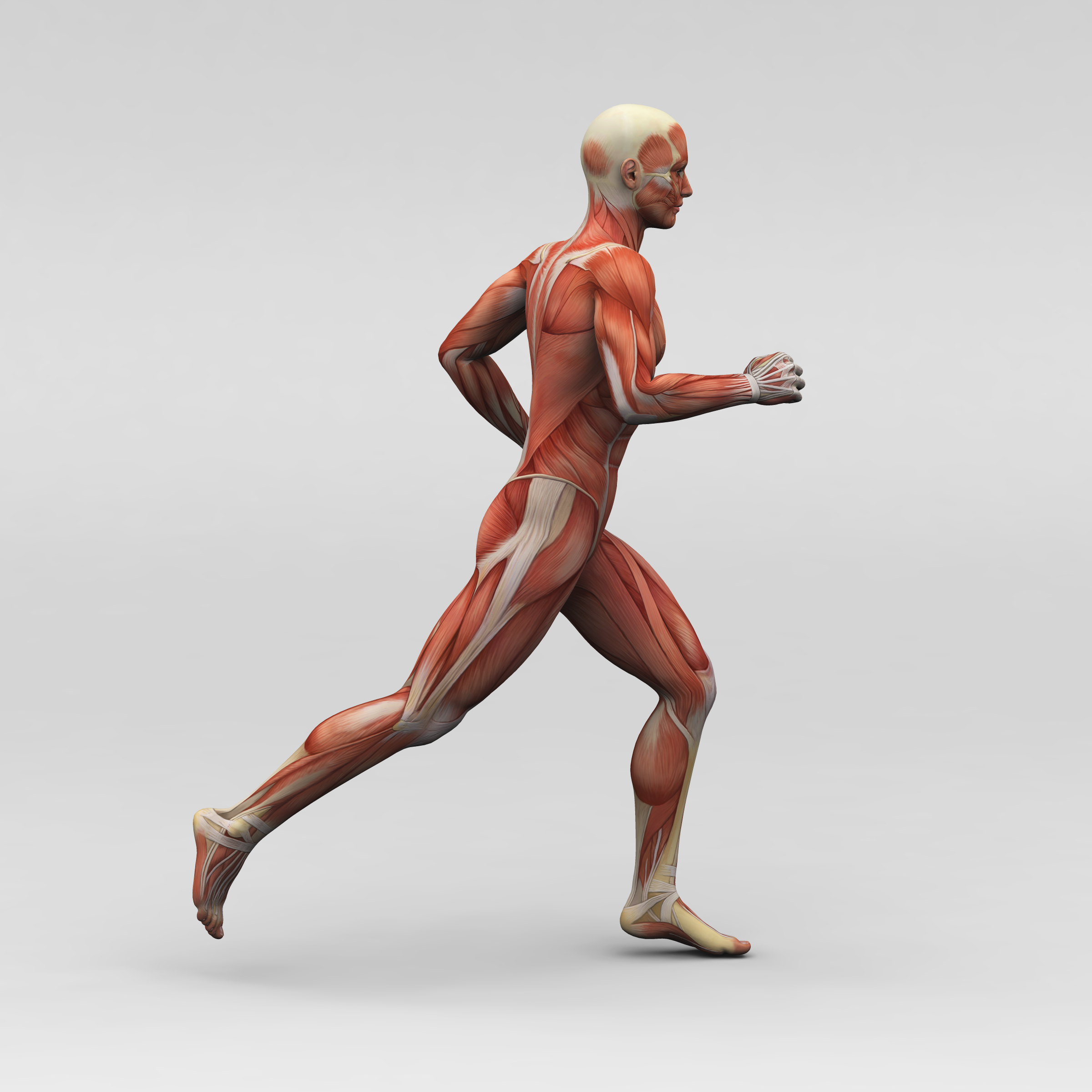Acute Sports Injury Management

The right treatment from the onset of an acute injury may help decrease the healing time by days or even weeks, so start treating your injuries the right way and help yourself to get better faster. Try to start during the first two hours of injury and maintain the PRICE and no HARM routine for the first 48-72 hours.
PRICE
Protection: Protect the area from further injury. Don’t try to run it out. Stop the game and crutch, stretcher, sling or brace the area, until you have assessed the extent of the injury.
Rest: Decrease activity to a level that is allowing recovery and not making the injury worse. That may mean wrapping yourself up in cotton wool for a few days or only running 20 kilometres because your knee starts to hurt when you run 22 kilometres.
Ice: Apply an ice pack to the area for 15 minutes with a layer of wet material between the ice and your skin to stop ice burns. The ice decreases swelling, pain, metabolic rate and nerve conduction, but a reaction called the Hunting Response may cause an increase in blood flow and swelling after 15 minutes of icing, particularly in hands and feet. You may apply ice packs for longer periods on larger areas of the body. Allow the area to recover from icing for double the icing time to prevent frostbite (usually 30 minutes) and repeat.
Compression: Wrapping an elasticated bandage or tubing over the injured area will reduce swelling and support the area. This may be a towel wrapped around an injured neck or a wide belt around a painful back. Make sure you compression is firm, but not painful and extends both below and above the injured area.
Elevation: Holding the injured area above the heart will decrease bleeding and swelling. This may require putting a hand up in a sling or an ankle up on a pillow. Maintaining this routine for the first 48-72 hours of any injury is vital for prompt recovery.
Now for the things that you should not be doing for the first 48-72 hours:
HARM
Heat: Heat causes the blood vessels to dilate and will increase bleeding, swelling, pain and tissue damage. It will make your injury last longer no matter how good it feels. Wait until the swelling has subsided and the area is no longer warm to touch compared to the same area on the uninjured side- around 72 hours.
Alcohol: Alcohol is a vasodilator. It increases bleeding and swelling. It can affect your balance and mask the pain and severity of the injury.
Running: Running, or any form of active exercise may increase bleeding and swelling. Exercising too early risks worsening the injury and prolonging your healing time.
Massage: Massage, particularly using heated creams, will increase bleeding and swelling. It will prolong your injury. Many products, containing very effective well-proven active ingredients, provide little proof that they get through the skin barrier to the injury. Generally, medication is more reliably effective if taken orally.
So, the next time you sprain you ankle, don’t finish the game, rub on some Dencorub or sit down to a beer. PRICE it. Don’t HARM it. And if pain persists, see your PPFC professional.
